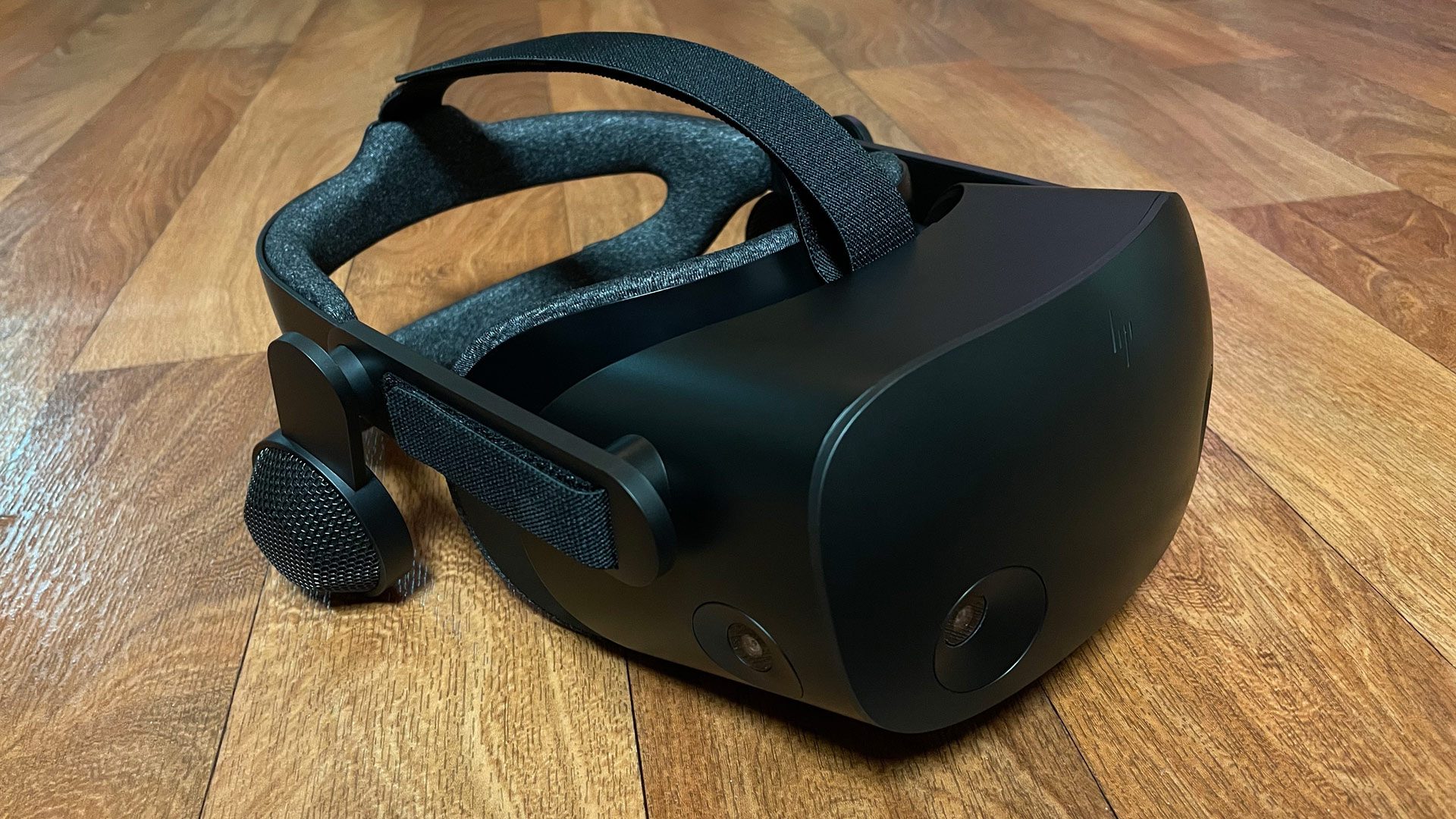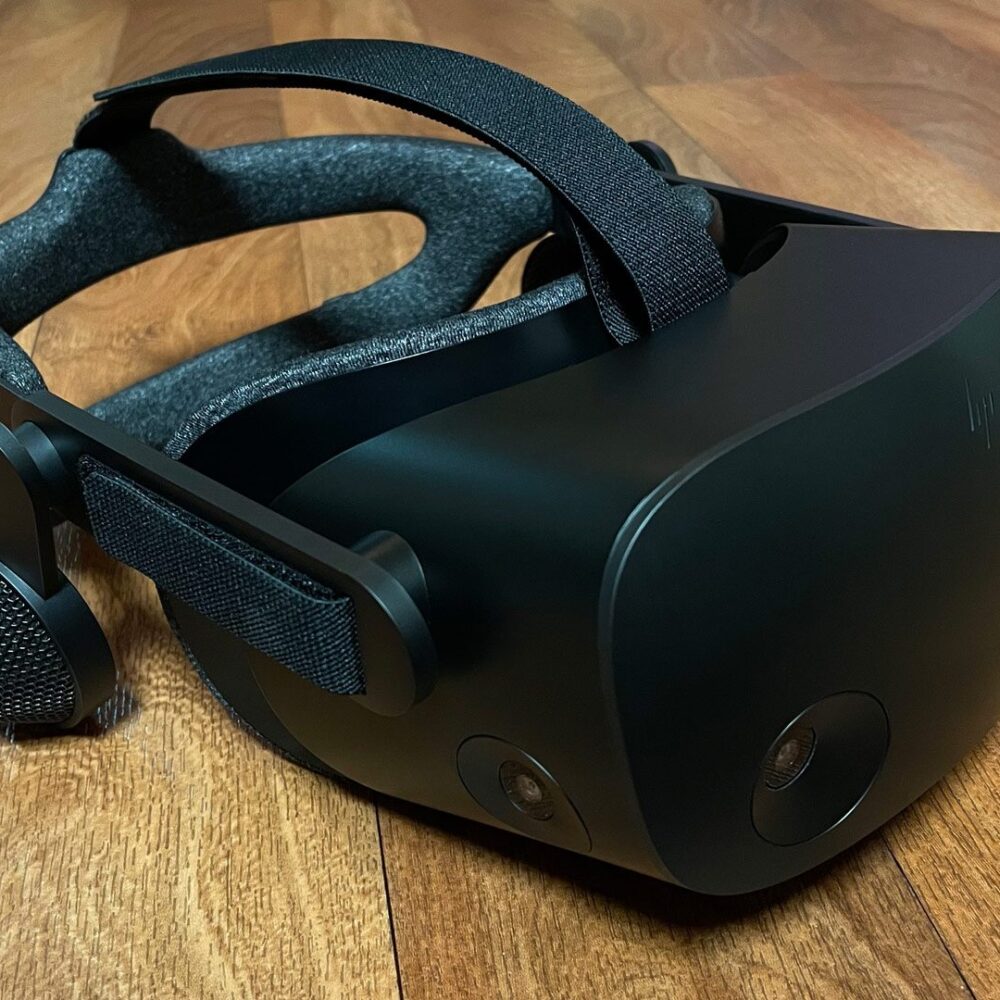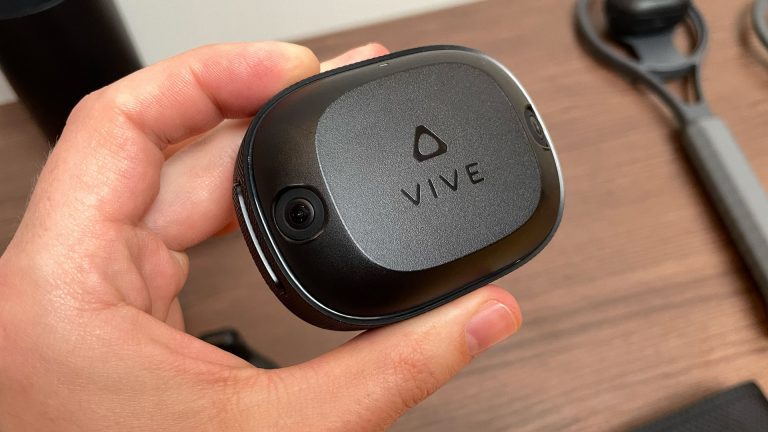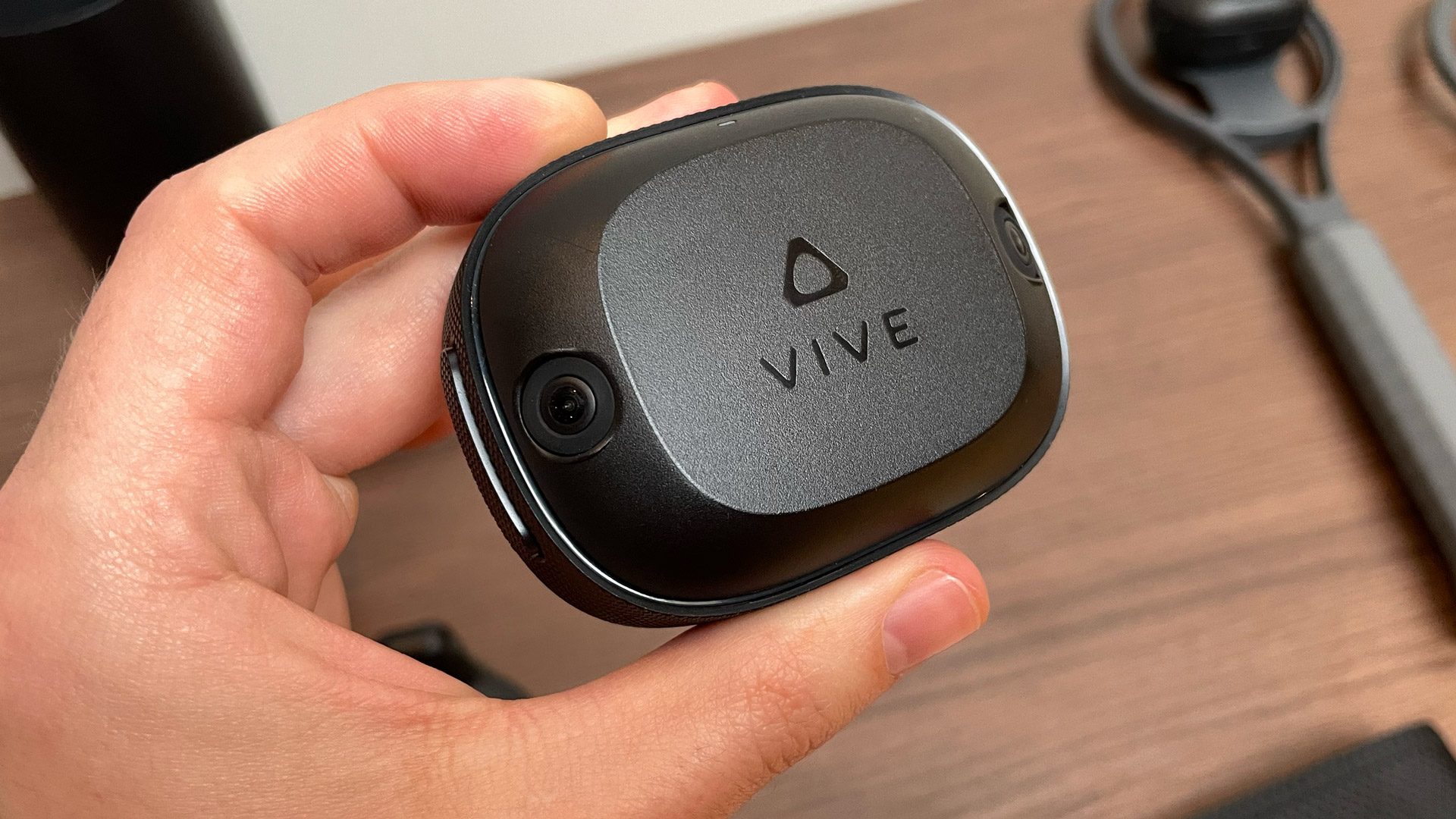Microsoft revealed last year it had plans to pull the plug on support for its entire WMR platform on Windows. Now, with the launch of Windows 11 2024 Update yesterday, those VR headsets have essentially been bricked.
Initially kicked off in 2017, Microsoft was well positioned to make Windows a home to a fleet of PC VR headsets, which were notably some of the first headsets with inside-out tracking, including entrants from Acer, Asus, Dell, Lenovo, HP, and Samsung.
Served by its ‘Windows Mixed Reality’ software platform, which included baked-in support for the Windows operating system, WMR headset users also had access to all of SteamVR’s content. Up until now, that is.
“Windows Mixed Reality is deprecated and will be removed in Windows 11, version 24H2,” Microsoft said back in December 2023. “This deprecation includes the Mixed Reality Portal app, Windows Mixed Reality for SteamVR, and Steam VR Beta.”

Provided you don’t update to the 24H2 version of Windows 11 and remain on version 23H2, you’ll still be able to play SteamVR content through November 2026. After that, WMR headsets will no longer receive security updates, non-security updates, bug fixes, technical support, or online technical content updates, Microsoft said.
While many users of first-gen WMR headsets have likely moved on, the latest addition to the platform, HP Reverb G2, was released in 2020 as a competitor to Oculus Rift S and Valve Index, noted at the time for its impressive display clarity and improved tracking capabilities over other WMR headsets.
This comes amid Microsoft announcing it’s deprecating its other big XR hardware platform, HoloLens 2, which is now discontinued, offering security patches until December 31st, 2027.
Meanwhile, Microsoft has drawn closer to Meta with the revelation that Quest will soon have automatic pairing with Windows 11, putting it closer to feature parity with Vision Pro’s compatibility with Mac.


